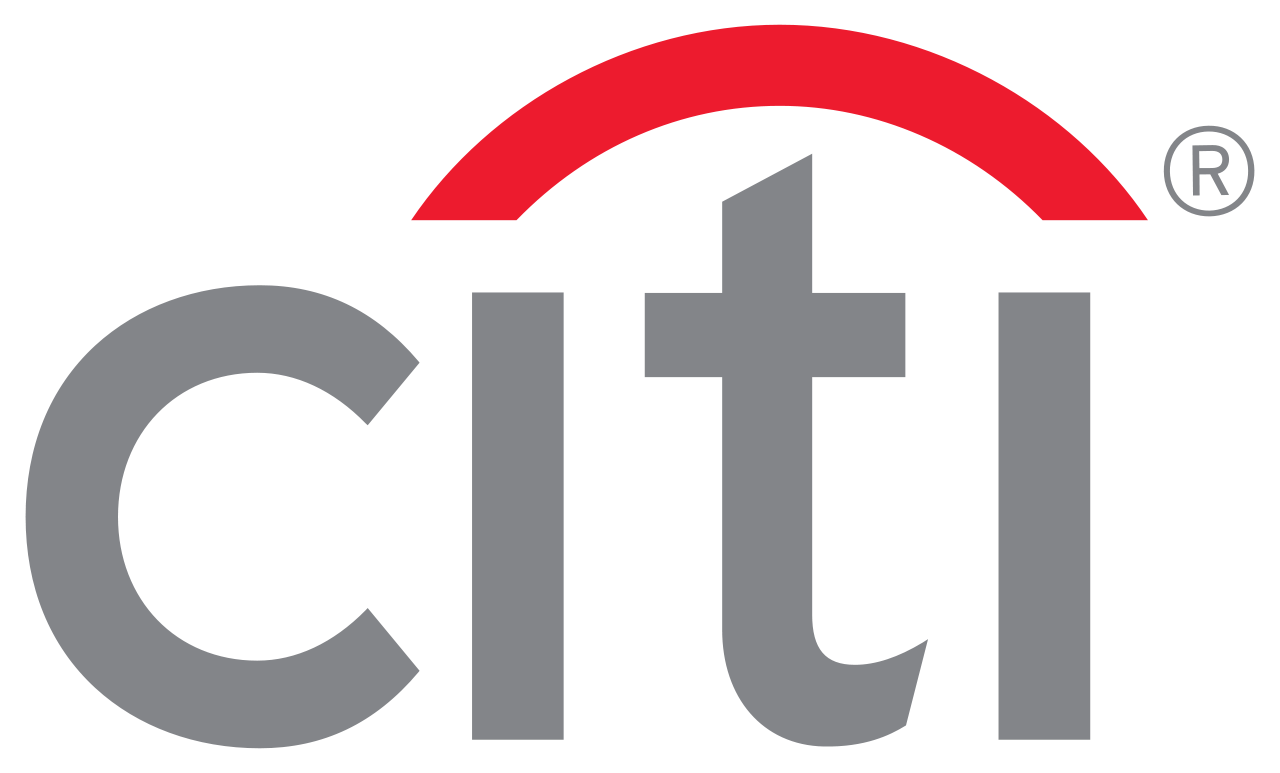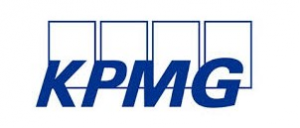Monthly forecasts - June 2017
31.05.2017Company: Amcham
GDP growth surprised with strong dynamics, and the figures released on Friday will reveal the drivers. We believe that both strong external and domestic demand contributed positively. The headline figures of monthly activity indicators will print much softer results. However, this is due to the strong calendar effect. The underlying trends remain sound. The price level is set to decrease slightly in May, but inflation will remain at 2%.
The first reading of GDP growth in 1Q17 surprised on the upside with 1.3% qoq dynamics. The upcoming reading will reveal the growth drivers. While a number of domestic factors were behind the growth, including some investment revival, the acceleration of the global economy has, in our view, been the main supporter for the domestic economy. External trade backed economic growth in the last quarter of 2016 with a record-high surplus. We expect that the record figure has moved further up in 1Q17 and created 0.4pp of the GDP increase. However, external demand would not be enough to push GDP to such strong growth. We expect private consumption added another 0.4pp, while government consumption, inventory built, and investment each contributed 0.2pp. This shows that Czech economic growth extends across categories.
Sound external demand also persisted at the beginning of the second quarter. The external trade balance should maintain its decent surplus in April, as well. Despite the lower number of working days and thus weaker industrial production, external trade is set to print a high surplus of CZK20.2bn. External trade thus continues on track to match the record result it printed for 2016.
Industrial production printed strong growth in March, but the headline growth figure is set to slump radically in April. The reason is not a sudden loss of activity dynamics but rather calendar effects. While April 2016 had 21 working days, in 2017 there were only 18 working days. After adjustment for calendar effects, industrial production should keep its sound growth pace around 5% yoy. Forward-looking indicators from the Czech Republic as well as from other European economies suggest industrial production will be further supported by external demand. In the second half of the year, the revival of investment activity should provide further backing for demand for Czech industrial products.
Strong economic activity from the first quarter spilled over into 2Q17, and thus a larger labour force is in demand. There is demand even for low-skilled labour, which is apparent in the share of unemployed statistics. The share of unemployed should fall further to 4.1% in May.
Very low unemployment and a solid economic performance in the first quarter have exercised more pressure on wage growth. Pressure in the private sector is also augmented by pay rises in public administration. Public wages increased 6.1% yoy in 4Q16 while wages in the private sector added only 3.7%. While we expect public wage growth dynamics to have persisted throughout the first quarter of 2017, public wages accelerated in our view, and overall nominal wage growth will print 4.5% yoy. However, given the surge in inflation at the beginning of the year, real wages will show growth of only 2% yoy.
Domestic consumer demand has been very strong in the first quarter of the year. According to our calculation, in the first three months of the year, retail sales increased a respectable 3.8% (SA). We expect that in April, retail sales will take a break and post a mild correction. However, its yoy growth will remain sound at 5.6%. Retail sales are also dampened by the lower number of working days, but the effect is much milder than in the case of industrial production. After calendar effects adjustment, the increase corresponds to 6.5%.
Inflation to stay at 2%
After the surprising drop from 2.6% to 2.0% in April, Czech inflation is set to remain unchanged in May. The price level will slightly decrease (-0.1% mom), according to our estimate, as fuel prices followed the slump of oil prices on global markets in late April/early May. Food prices should continue their normalisation after the surge at the year’s turn. Their price should decrease for the third month in a row. Both food and fuel prices should also ease their yoy growth and exert downward pressure on headline inflation. This pressure is mitigated by the acceleration of yoy inflation of administered prices as May 2016 was marked by a significant decrease in gas prices. The core prices remained unchanged both in yoy and mom terms in May, according to our calculations.
Tags: Economics | Finance |







